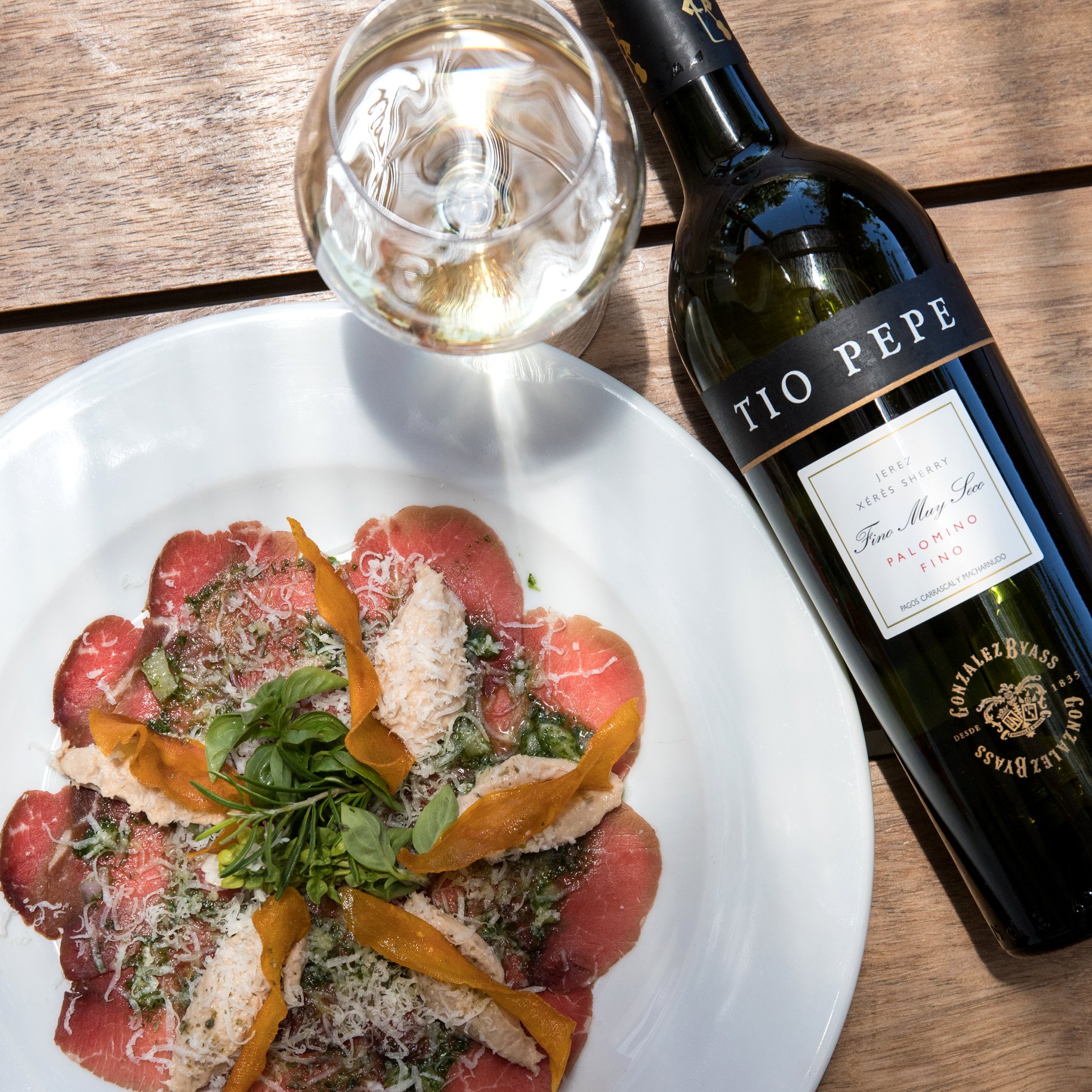
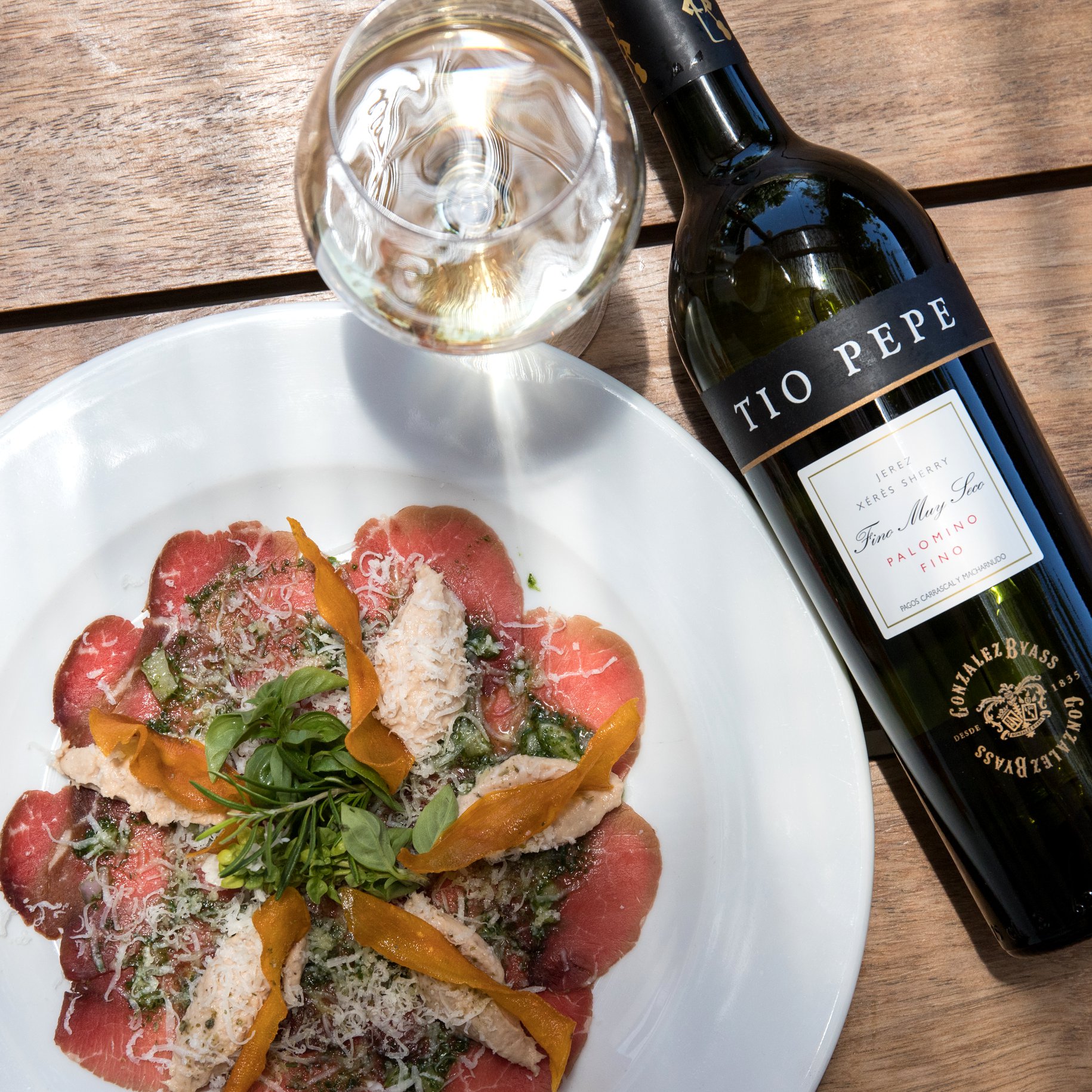
10 Tips for taking professional photos of your wines, using your mobile phone
In this post we’re going to give you our top 10 tips so that when you take photographs of your bottles of wine the results will be very nearly professional.
Let’s not waste any time, let’s get started.
Clean the lens
A high proportion of photographs that are published lack sharpness because the lens on the photographer’s mobile is dirty.
There are two ways you can clean the lens on your smartphone: either use a Microfibre spectacle-cleaning cloth – the fabric is ideal for cleaning windows and lenses on devices as the outer layer of these is glass. With Microfibre, you pick up the dirt and leave no marks behind. Or, use something cotton, like cotton T-shirt, and rub gently in a circular motion, trying to remove the dirt.
First problem solved.
Light
Stand your bottle as close as possible to a source of natural light; if you are indoors, for example, try by a window.
If you are outside, it is always best to stand the bottle somewhere shaded. You should avoid direct light as it creates strong reflections.
Never use your own flash.
If you do need to use flash to take the photograph, the result would be very poor so you would be best leaving it for another day. One solution is to ask your assistant to light the bottle with their torch, directing the light at a 45o angle to your line of sight.
The line of sight
The two angles that work well are:
- If you are going to show one bottle, place it at 90o angle opposite you and hold the camera perpendicularly to the label on the bottle.
- If you are going to compose a photo with more elements than just the bottle of wine, such as the bottle and a glass and a plate, hold the mobile perpendicular to the plate so that the plate looks flat and lay the bottle down on the table.
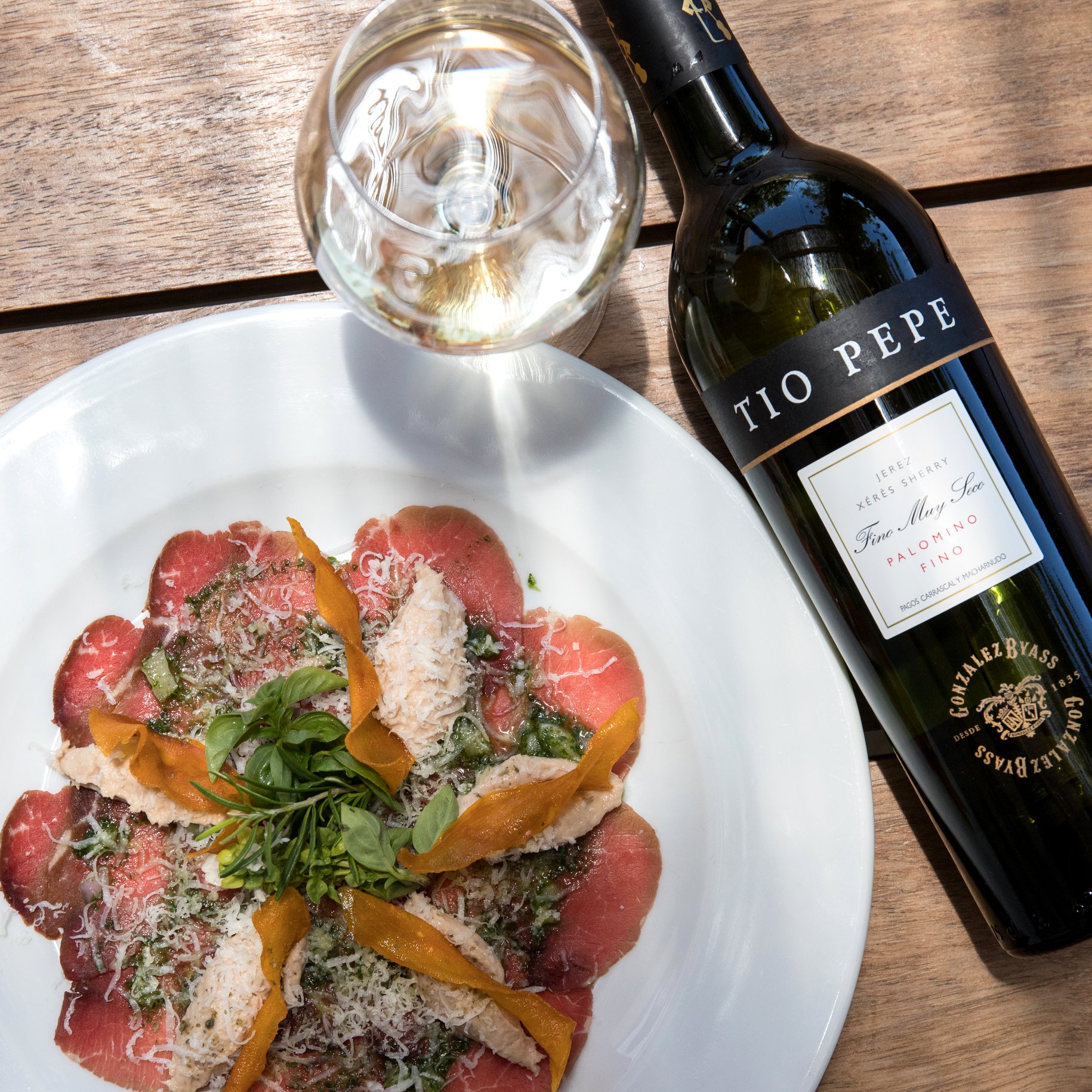
Clear the background
Just leave the bottle and move whatever could distract the eye or clutter the photo out of the way. Think about what could complement your framing, such as a plate of food, a tapa and so on…
How to focus manually
Focus on the point that is closest to the lens, in this instance on the label on your bottle of wine.
This way your photo will be absolutely crisp and will still have depth of field, with the bottle at the centre of the image and the secondary elements less defined.
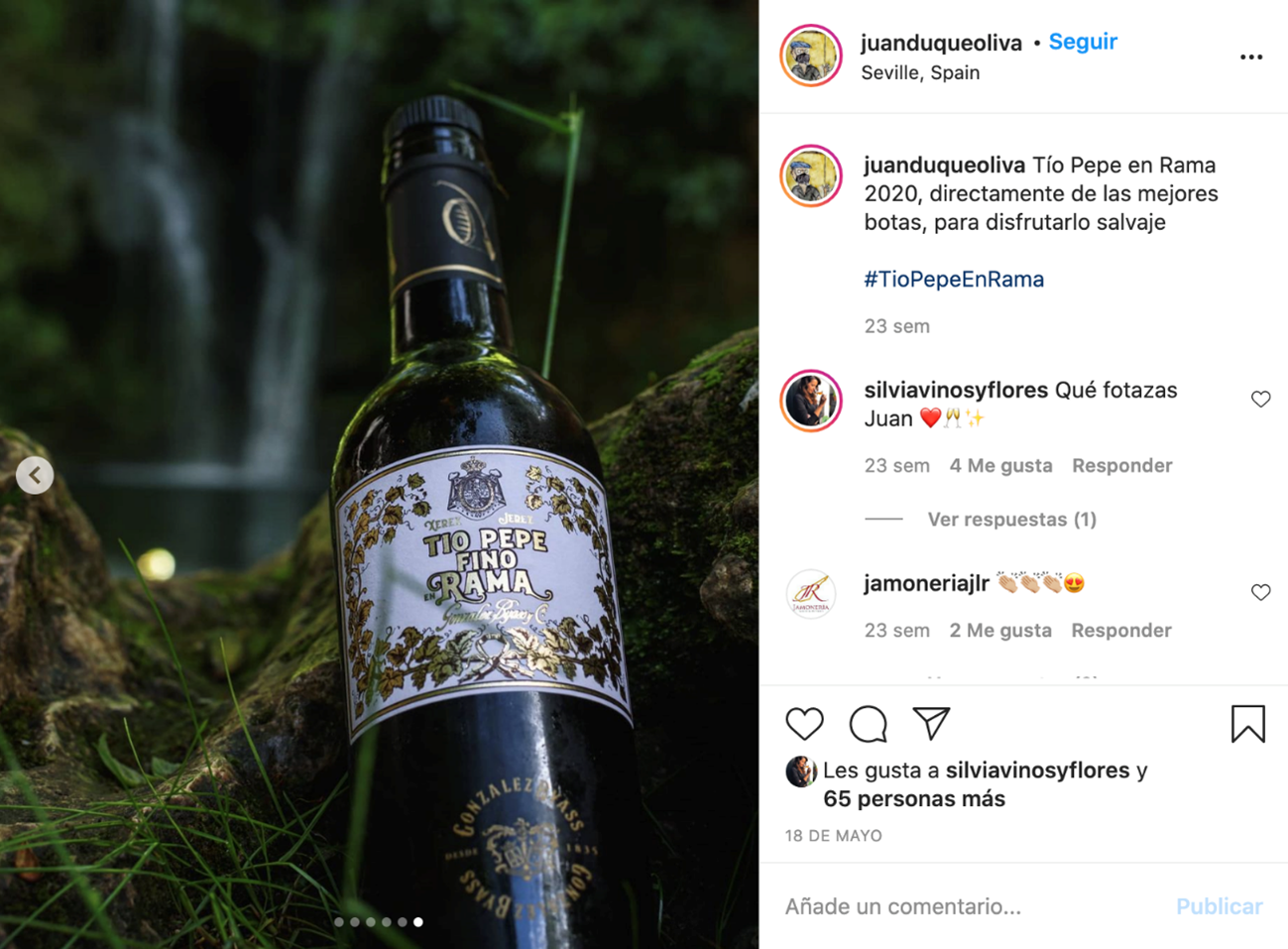 Photograph by @juanduquedeoliva
Photograph by @juanduquedeoliva
What you can’t leave out: the label and the back label.
If you want to take a further step towards being a specialist wine photographer, we would suggest you photograph the fine details, the label and the back label of our wine.
The label on a bottle of wine provides an X-ray of it and gives the consumer information about the features of the wine you are photographing.
The information that is usually printed on the front label includes the following:
The Brand of the wine, the name of the producer, the name of the bottler (where this is not the same as that of the producer), a profile (solera, whether it is a crianza, a reserva, a gran reserva or a young wine), the vintage and the grape varieties used to make the wine.
The back labels you find on bottles of wine feature the stamp of the designation of origin, the vineyard, the winery and sometimes tasting notes or comments by the winemaker that invoke the emotional aspect of the wine that a good bottle should contain.
The Context
In the same way as we said earlier that you need to clean up the background, in this situation it is quite the reverse. If you are near a river, in the mountains or by the sea, set the bottle against that landscape to tell a story.
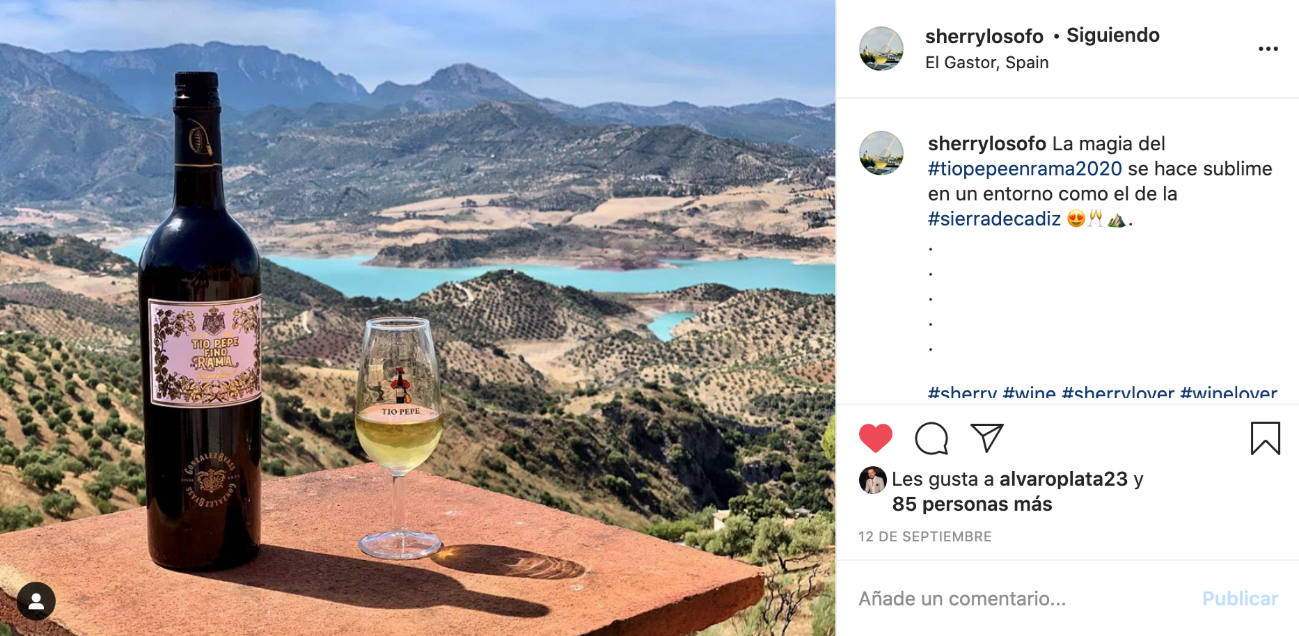 Photograph by @sherrylosofo
Photograph by @sherrylosofo
Retouching and editing
Of the many options for retouching and editing that smartphones offer, we tend to just use the one for focusing and giving the photo texture, to improve the sharpness of our photographs.
Do not use filters
Do not use any kind of filter when photographing your bottle of wine. Filters do wine no favours, especially if you include a glass of wine in the photograph, as they alter the colour of the wine.
Create moments
Although the bottles are static, if you are careful you will be able to capture moments such as when the wine is being poured into the glass or when you swirl it round in the glass to release its aromas.
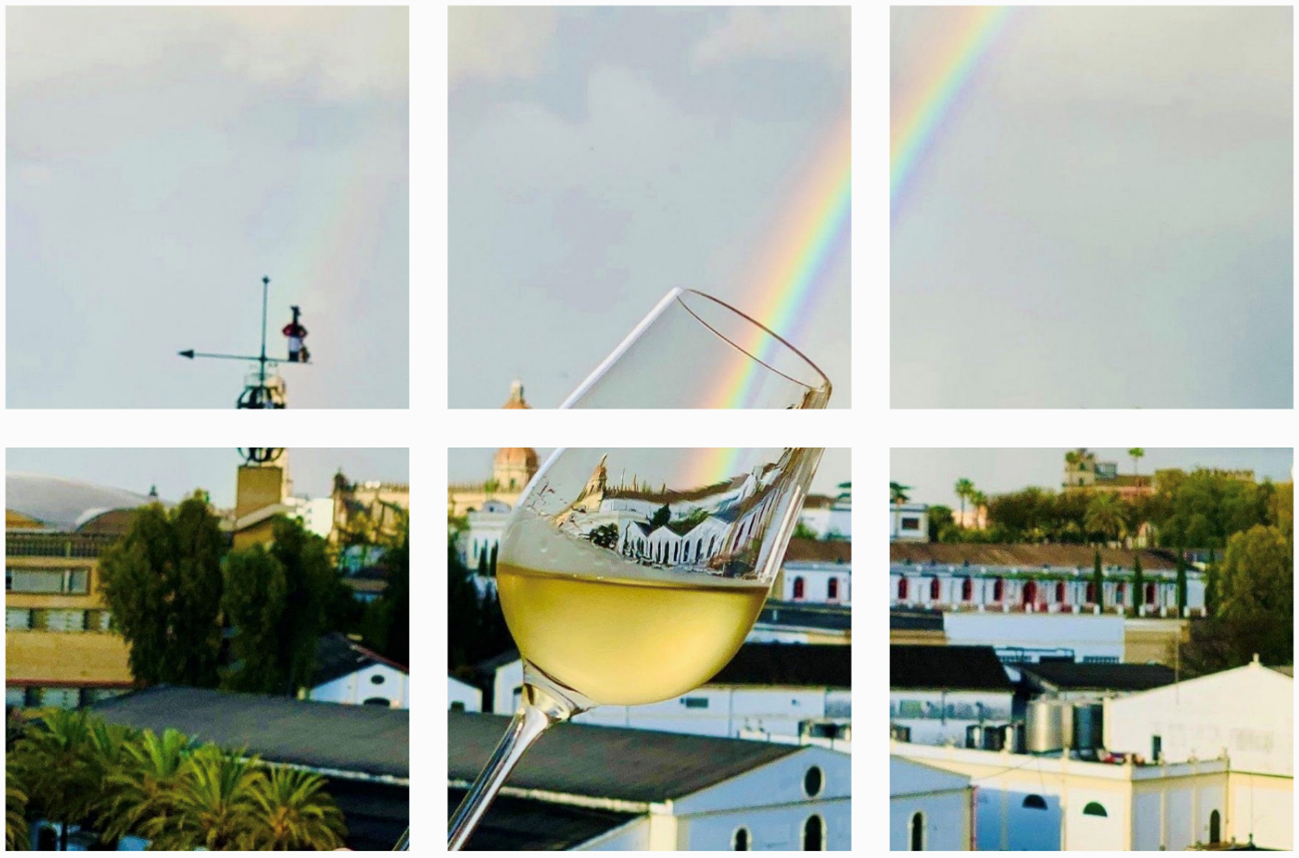
Photograph by @sherrylosofo
These are our ten key tips for when you use your mobile to share your wine moments with family and friends.


